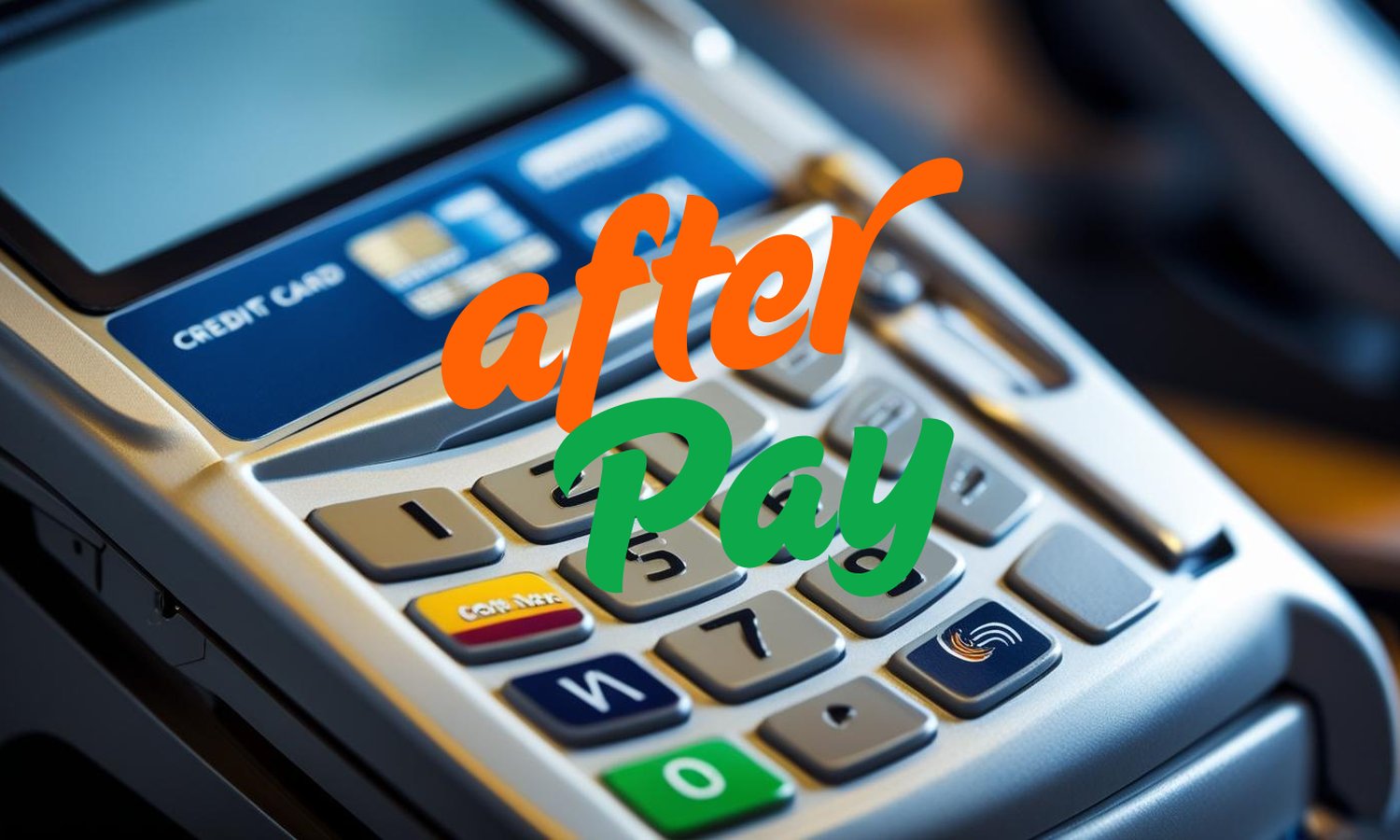By tung.nguyenthanh, at: 2025年3月2日15:57
Estimated Reading Time: __READING_TIME__ minutes


By tung.nguyenthanh, at: 2025年3月2日15:57
Estimated Reading Time: __READING_TIME__ minutes


